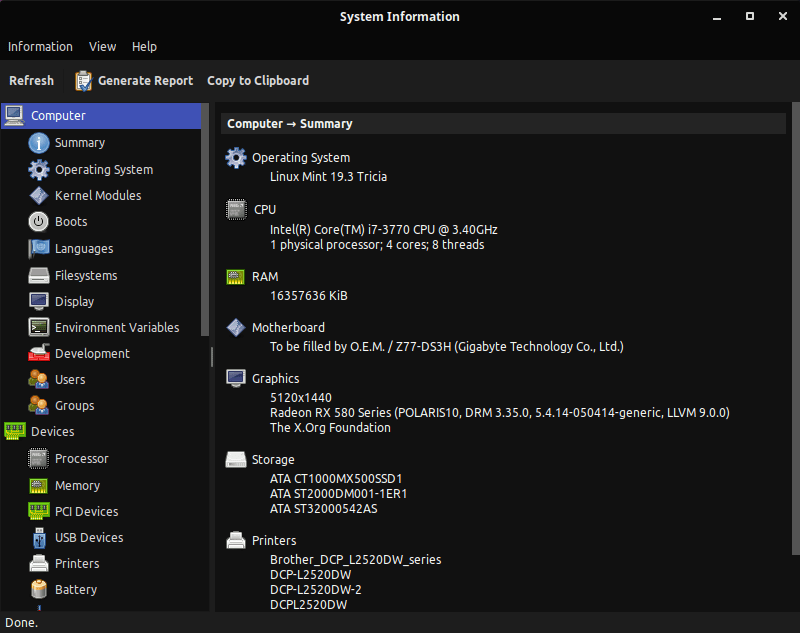Find the article here: A guide to monitor response times
“Response time” is basically the amount of time it takes for a pixel to change (“transition”) from one color to another, typically measured in milliseconds (ms). This is different from framerate or refresh rate of a monitor, typically measured in hertz (hz).
Here are some common refresh rates and their corresponding windows:
- 60 hz = 1/60 = 16.67 ms
- 75 hz = 13.33 ms
- 100 hz = 10.00 ms
- 120 hz = 8.33 ms
- 144 hz = 6.94 ms
- 240 hz = 4.167 ms
Any response time you see on a monitor box will most likely be “G2G” or gray to gray. Unsurprisingly, response times change depending on the color that is currently displayed and the color you wish to transition to.
To fully understand what a monitor is capable of, you have to consider both speed (response times) and accuracy (overshoot).
In theory, a 1 ms monitor with no accuracy issues would provide a very clean image. At 144hz, it would be displaying a frame every 6.94 ms. This means it would be transitioning for 1 ms, and providing a static image for the remaining 5.94 ms.



